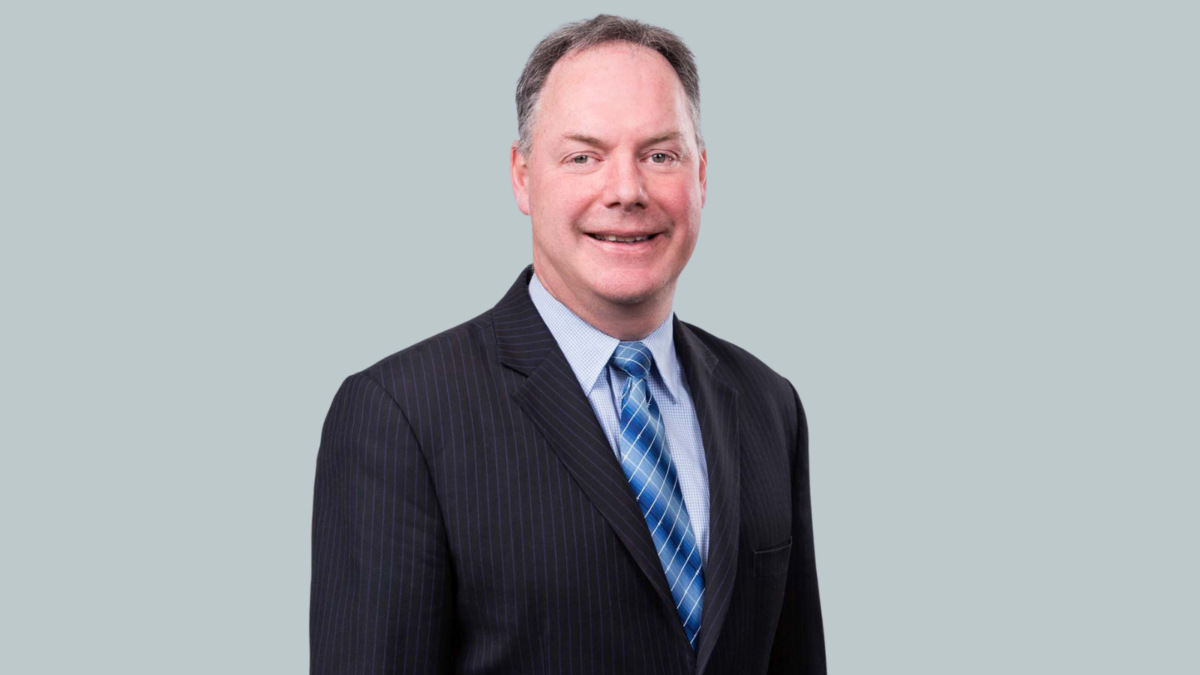Small funds defy the odds in the world of bigger is better
Using SuperRatings’ SR50 Balanced universe to determine the ‘top ten’ funds, Frontier found that seven of the last year’s top performers had less than $30 billion in assets, with five less than $15 billion. Other smaller funds not in the SuperRatings’ survey, including First Super and MIESF, were among a small handful of funds to post positive returns in a tough year.
“Funds with a larger allocation to unlisted assets typically performed best,” Frontier wrote in the note. “The impact of periodic valuations of unlisted assets has helped portfolios hold up during the ‘risk-off’ sentiment of the last twelve months. This was a much stronger determinant of outcomes than fund size.”
However, the correlation between size and performance does hold up “to an extent” at the bottom end, with the poorest performers all having less than $5 billion FUM. And over a ten-year horizon, Frontier found a stronger correlation between size and performance, though the research questions whether “larger funds have better performance because they are large, or whether they are large because they have better performance”. Not all large funds are at the top of the performance charts.
“Consistent performance leads to optimal long-term performance,” said Frontier senior consultant Daniel Leslie. “Of course, there will be individual below-par years along the way but of the ‘top ten over ten’, only AustralianSuper and HESTA have outperformed the median fund in every financial year. Most of the top ten funds have had periods of underperformance in the last decade, and Hostplus as the best performer over ten years, has even had periods of bottom quartile returns.”
Frontier senior consultant David Carruthers (photo at top) also noted that some of last year’s failing funds – which included the likes of Australian Catholic Super – were at the top of the league tables this year, and Frontier suggests that the performance test needs to be updated to include measures of investment performance across multiple time periods, level of fees and costs, and size of assets and cashflow position, in order to be satisfied that funds are of appropriate quality for members.
“A number of last year’s ‘failing funds’ produced some of the best returns this year,” Carruthers said. “It’s a reflection that some of those funds may not have been bad funds after all. The members that stayed with those funds have done very well this last year.”











